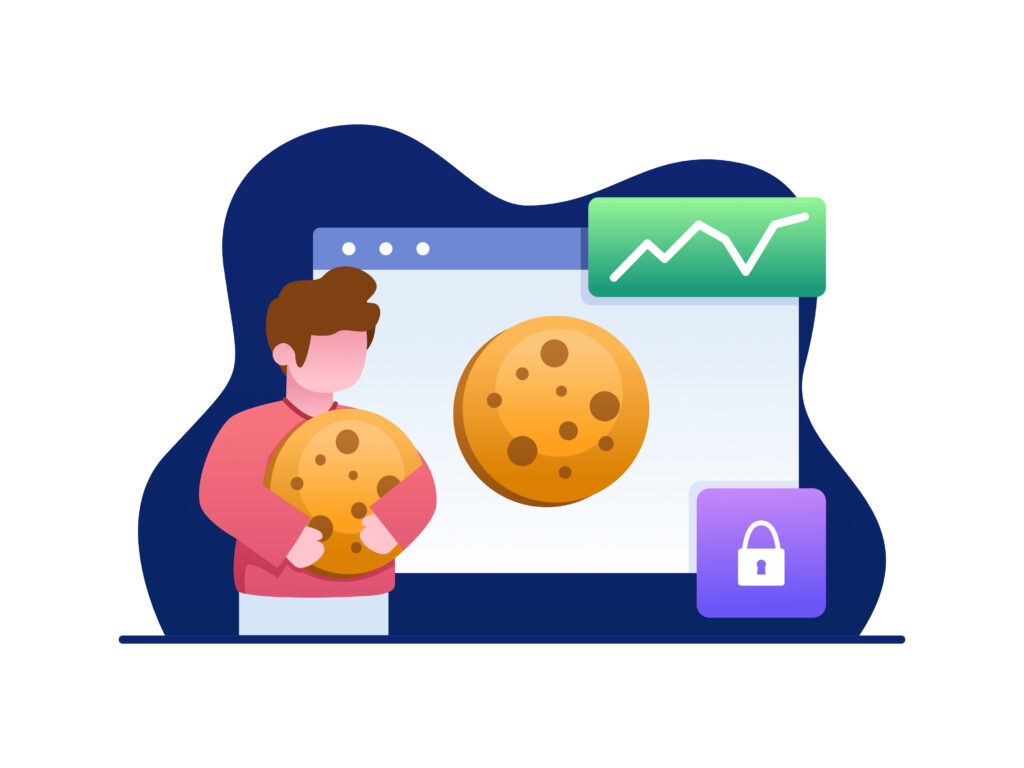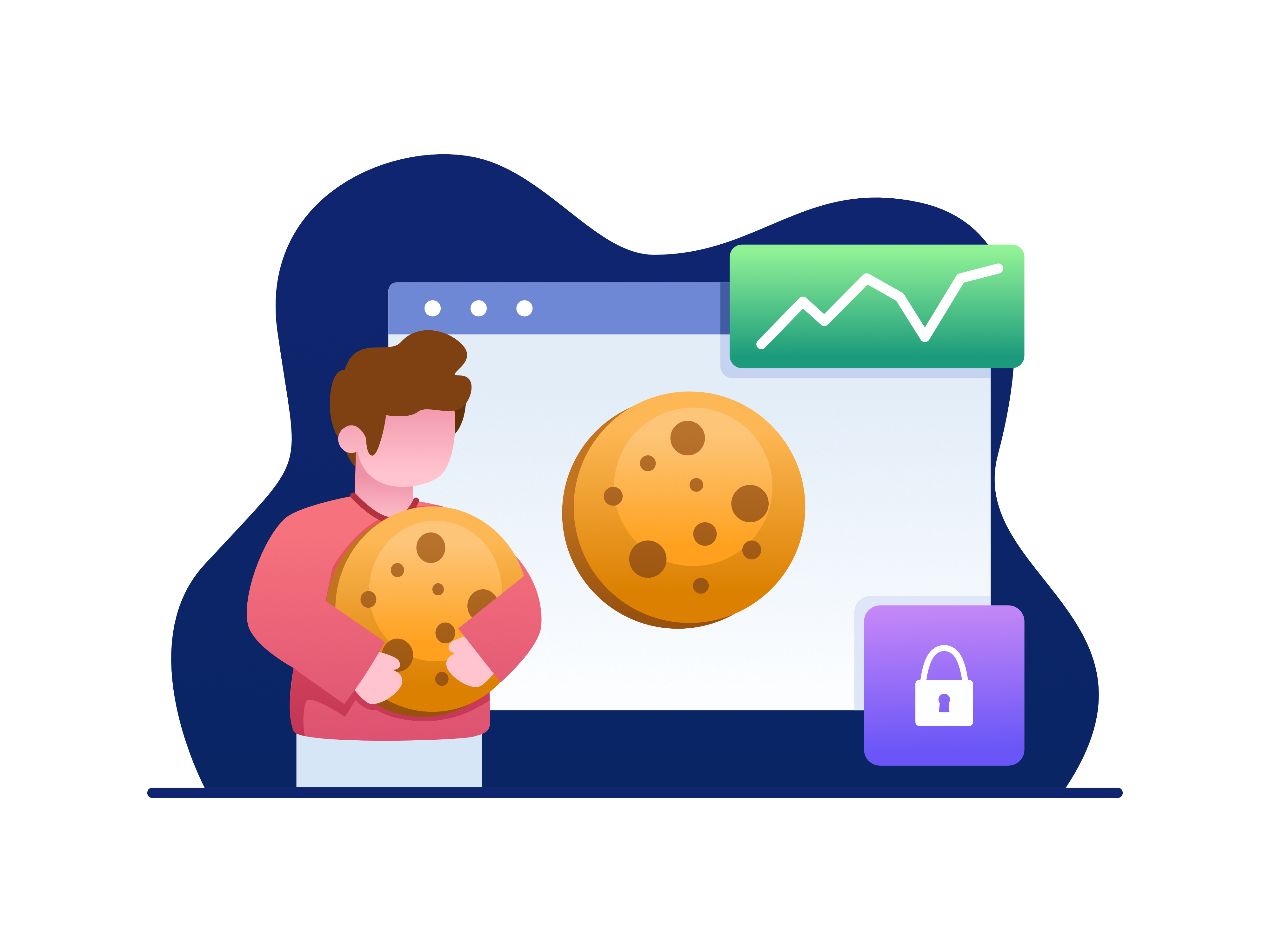In the digital age, data has become a pivotal element for businesses to understand their customers better, personalize experiences, and drive growth. One popular tool that has been widely used for data collection and analysis is cookies. However, the landscape of customer data is rapidly evolving, and first-party customer data is emerging as a superior alternative to cookies. In this article, we will explore the key differences between first-party customer data and cookies, the limitations of cookies, and the advantages that first-party data brings to the table, showcasing why businesses should prioritize this valuable asset for sustainable growth.

Understanding Cookies and Their Limitations:
Cookies are small text files stored on a user’s device by a website to track user behavior, preferences, and interactions. They have been the backbone of digital advertising and personalization for many years. However, cookies come with several limitations:
a. Limited Data Collection: Cookies can only capture data related to the specific website they belong to, limiting the scope of insights that can be derived from the customer journey.
b. Third-Party Dependency: Many cookies are third-party cookies, meaning they are shared among different websites for advertising purposes. This raises privacy concerns and can lead to unreliable data.
c. Cross-Device Tracking Challenges: As users access websites and platforms from multiple devices, it becomes challenging to create a unified customer profile with cookie-based tracking.
d. Cookie Blocking and Deletion: Increasing privacy concerns have led to browsers implementing features to block or delete cookies, hampering their effectiveness.
The Rise of First-Party Customer Data:
First-party customer data refers to information collected directly from customers through interactions and engagements with a business’s website, mobile app, or physical stores. This data includes customer profiles, purchase history, preferences, and behaviors. The increasing importance of first-party data stems from its unique advantages:
a. Accuracy and Reliability: First-party data comes directly from the source, ensuring accuracy and reliability. As it is collected in real-time, businesses can gain up-to-date insights into customer behavior.
b. Trust and Privacy: With customers becoming more privacy-conscious, first-party data collection is transparent and respects users’ privacy preferences, fostering trust and loyalty.
c. Enhanced Personalization: First-party data provides a holistic view of customers, allowing businesses to create personalized experiences that resonate with individuals and foster long-term relationships.
d. Cross-Device Cohesion: By combining data from various touchpoints, first-party data enables a comprehensive understanding of customers across devices, leading to a seamless and cohesive experience.
The Power of First-Party Customer Data in Marketing:
a. Targeted Marketing Campaigns: With first-party data, businesses can segment their audience based on specific attributes and behaviors, enabling highly targeted marketing campaigns that yield higher conversion rates.
b. Improved Customer Retention: Understanding customer preferences and purchase history empowers businesses to offer relevant incentives and promotions, leading to improved customer retention.
c. Optimal Content Personalization: First-party data enables content personalization, where businesses can tailor website content, product recommendations, and marketing messages based on individual preferences.
d. Enhanced Customer Service: Armed with first-party data, customer service teams can offer personalized assistance, resolving issues promptly, and building stronger customer relationships.
Utilizing First-Party Data for Business Growth:
a. Building Customer Loyalty: First-party data facilitates the creation of loyalty programs and exclusive offers, strengthening the bond between the brand and its customers.
b. Data-Driven Decision Making: Businesses can make informed decisions based on accurate insights from first-party data, guiding product development, pricing strategies, and expansion plans.
c. Identifying Untapped Opportunities: Analyzing first-party data may reveal untapped market segments or unmet customer needs, presenting growth opportunities for businesses.
d. Partnerships and Collaboration: First-party data can be leveraged to build strategic partnerships and collaborations, allowing businesses to expand their reach and acquire new customers.
Conclusion:
While cookies have served as a valuable tool in the past, their limitations and the changing privacy landscape make first-party customer data the superior choice for businesses seeking sustainable growth. First-party data offers accuracy, reliability, enhanced personalization, and cross-device cohesion, empowering businesses to develop targeted marketing campaigns, improve customer retention, and deliver exceptional experiences. By prioritizing first-party customer data, businesses can unlock valuable insights, strengthen customer relationships, and position themselves as leaders in the ever-evolving digital landscape.
Related Articles:
1. Plan for the death of the cookie and prioritize first-party data
2. Why first-party data is the key to survival
3. First-Party Data After Death of Third-Party Cookies




